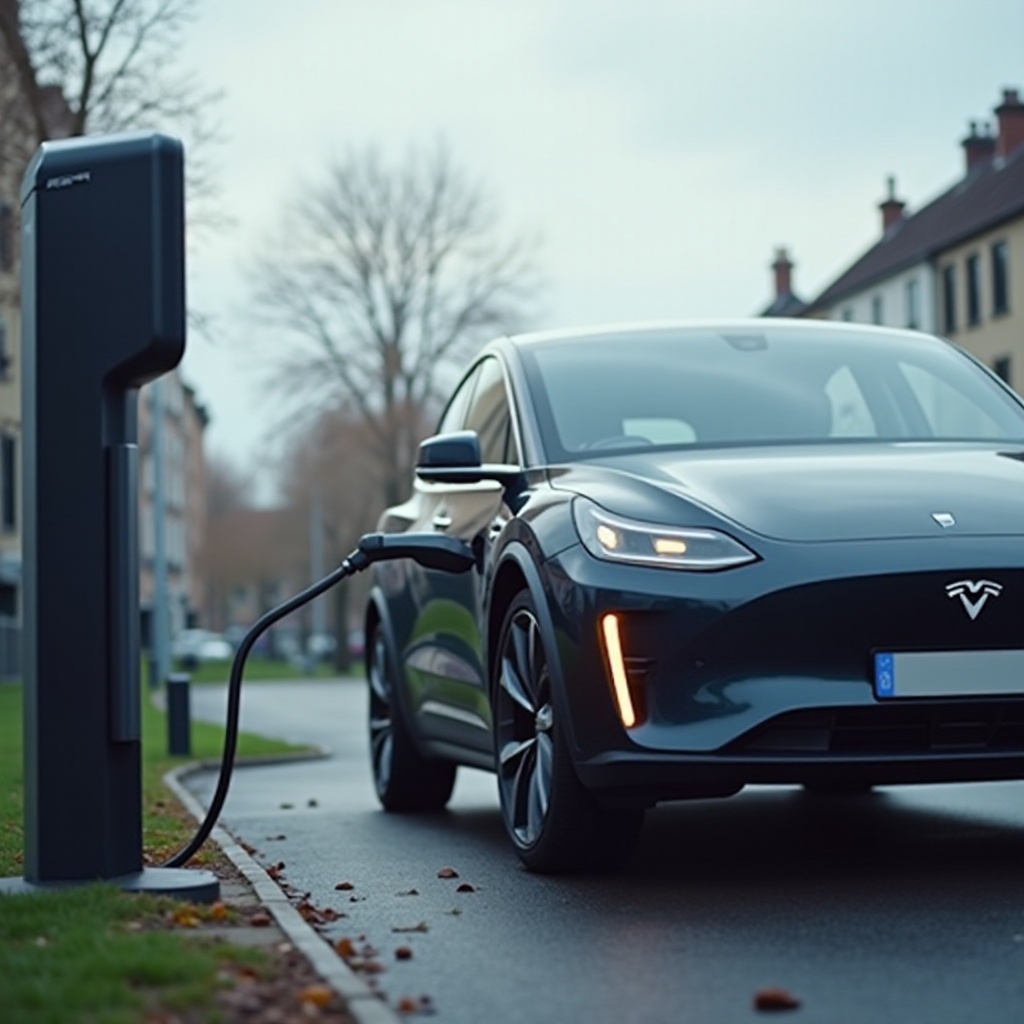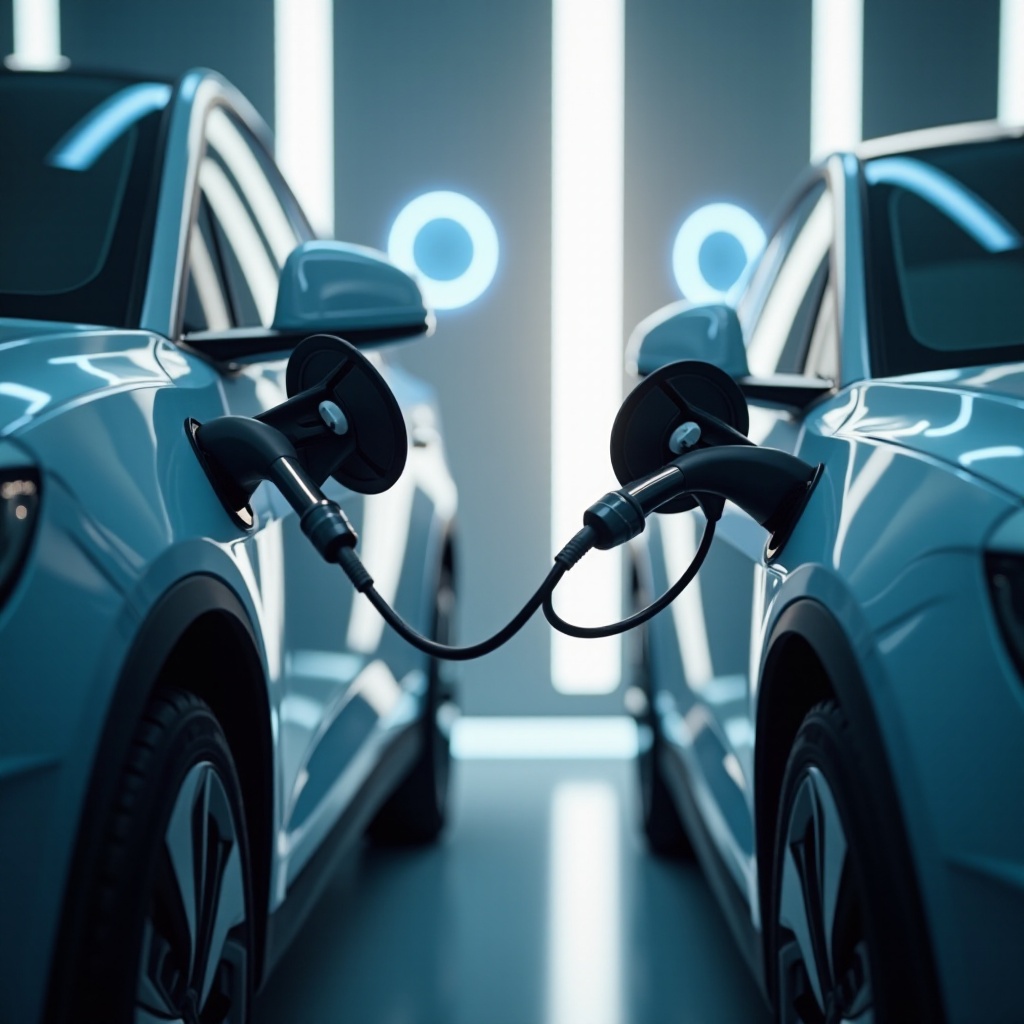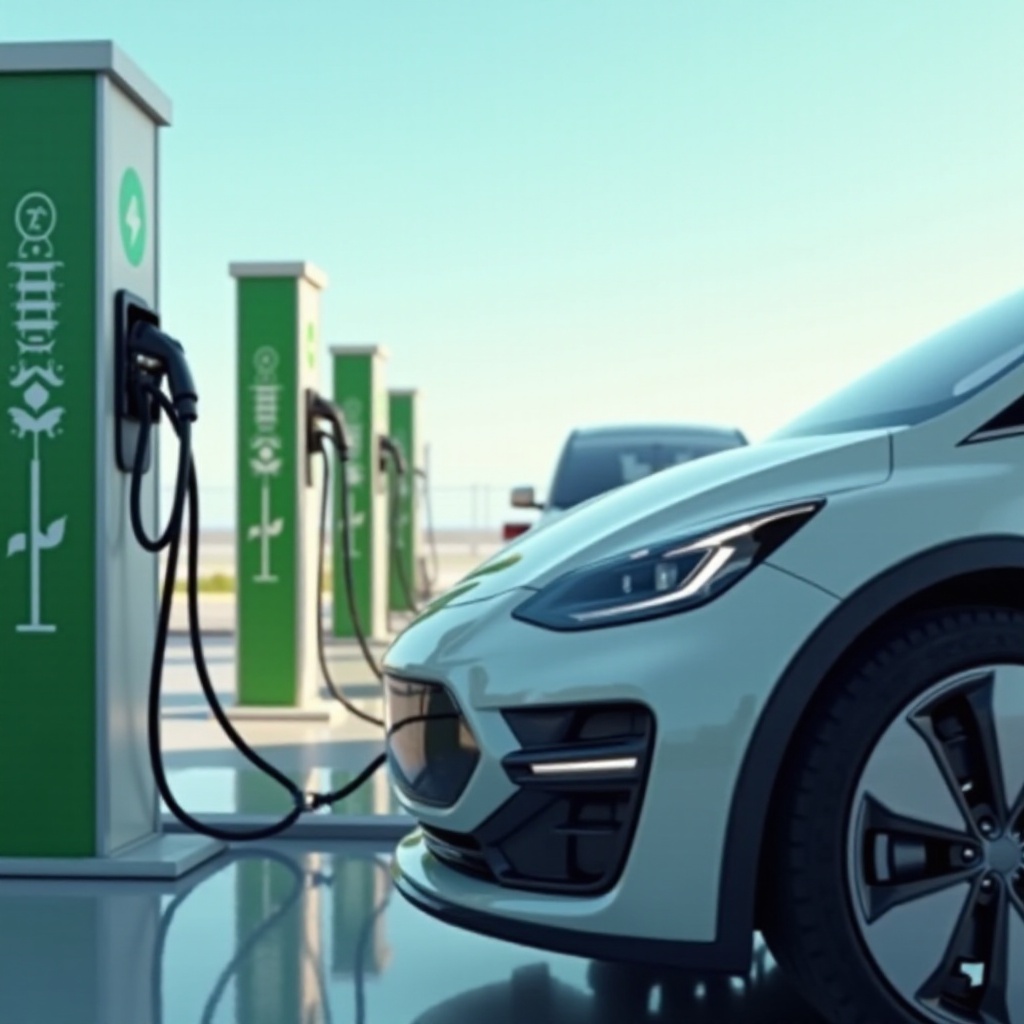Introduction
Supercharging is a hot topic among electric vehicle (EV) owners and enthusiasts. With electric vehicles becoming more popular, understanding the impact of supercharging on battery life is crucial. Misconceptions about battery degradation due to frequent supercharging abound, leading to concerns about the long-term health of EV batteries. This blog aims to clarify these misconceptions, present factual effects, analyze recent studies, and provide best practices to mitigate any potential battery damage from supercharging.

Understanding Supercharging in Electric Vehicles
Supercharging allows electric vehicles to charge rapidly, significantly faster than traditional home charging stations. Tesla, a pioneer in the EV market, has popularized the concept with its extensive network of Superchargers. These high-powered chargers can add up to 200 miles of range in just 15 minutes, making long-distance travel more feasible for EV owners.
Supercharging works by delivering a high voltage and current to the vehicle’s battery, allowing it to store energy quickly. However, this has raised concerns about whether such high-speed charging can adversely affect battery life. Understanding how supercharging works and its potential impact on the battery is the first step in addressing these concerns.

Myths About Supercharging and Battery Degradation
Several myths surround the relationship between supercharging and battery degradation. One common belief is that frequent supercharging drastically shortens battery lifespan. Another misconception is that the high temperatures generated during supercharging cause irreversible damage to the battery cells.
Considering these myths without credible evidence can lead to unnecessary anxiety among EV owners. It’s important to separate fact from fiction and understand what really happens to a battery when it is supercharged.
The Real Effects of Supercharging on Battery Life
The reality of supercharging and its effects on battery life is more nuanced than the myths suggest. While it is true that high-speed charging generates more heat and can put additional strain on the battery, modern EV batteries are designed to handle these conditions. Battery management systems (BMS) in vehicles like Tesla monitor and regulate the charging process, ensuring the battery remains within safe temperature and voltage ranges.
Studies show that occasional supercharging does not significantly impact battery health. However, if a vehicle is exclusively charged using superchargers, some accelerated wear and tear may occur over time. The degradation is typically incremental, and with normal usage, the battery still maintains a significant portion of its life expectancy.

Recent Studies and Their Findings
Recent studies provide valuable insights into the effects of supercharging on battery life. A study by the National Renewable Energy Laboratory (NREL) analyzed data from various EVs regularly using superchargers. The study found that batteries degraded at a slightly faster rate with frequent supercharging, but the overall impact was modest.
Another study by Battery Univers, reviewed Tesla’s fleet data, revealing that with a balanced mix of supercharging and regular home charging, battery degradation was minimal. The findings debunk the myth that supercharging alone is detrimental to battery health, emphasizing the role of a well-managed charging routine.
These studies highlight the importance of understanding the cumulative effects of charging habits. They suggest that while supercharging does have some impact on battery life, it is not as severe as often portrayed, particularly when balanced with regular, slower charging methods.
Best Practices for Using Superchargers
To mitigate potential battery damage from supercharging, EV owners should adopt several best practices:
- Limit Frequent Use: Rely on superchargers primarily for long trips. For daily commuting, use home or workplace chargers.
- Avoid Extreme Temperatures: Try to avoid supercharging when the battery is extremely hot or cold, as these conditions add stress to the battery.
- Balance Charging Methods: Combine supercharging with slower charging methods. Home charging overnight with a Level 2 charger is less strenuous on the battery.
- Battery Management System: Trust your vehicle’s BMS to manage the charging process effectively, including automatic regulating of current and temperature.
- Regular Maintenance: Keep up with regular vehicle maintenance to ensure the BMS and other systems are functioning correctly.
By following these guidelines, EV owners can enjoy the convenience of supercharging without significant negative impacts on their battery’s health.
Conclusion
Supercharging is an impressive technology that makes EV ownership more practical by reducing charging times and enabling long-distance travel. While myths about battery degradation persist, recent studies and real-world data show that occasional use of superchargers does not significantly harm battery life. Understanding the real effects and adopting best practices for supercharging can help mitigate potential risks, ensuring EV batteries remain healthy and long-lasting.
Frequently Asked Questions
Does frequent supercharging shorten battery life?
Frequent supercharging can accelerate battery degradation, but its impact is modest when balanced with regular home charging.
How can I mitigate potential battery damage from supercharging?
Balance supercharging with home charging, avoid extreme temperatures, limit frequent use, and rely on your vehicle’s BMS for optimal charging management.
Are newer electric vehicle batteries more resistant to supercharging damage?
Yes, modern EV batteries and their management systems are designed to handle the stresses of supercharging more effectively, making them more resistant to damage.
